Hero’s Journey Example with Harry Potter
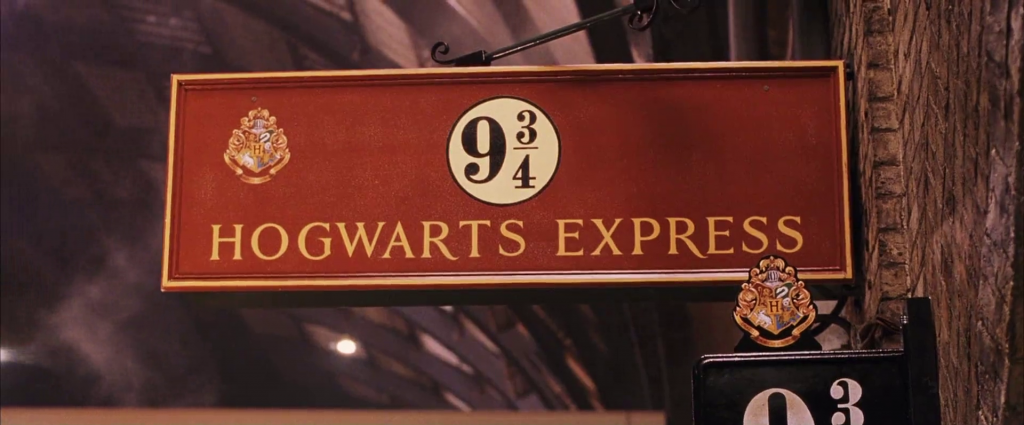
The Hero’s Journey is a popular writing framework that outlines a main character’s journey from zero to hero. Famous movies and stories have been shown to fit the narrative pattern of the Hero’s Journey. One of those titles is Harry Potter and the Philosopher’s Stone.
Given the fame of the story and the series in general, and other stories following the framework, there is success in the Hero’s Journey. In this article, we’ll dissect the first of J.K. Rowling’s Harry Potter novel series, and see how Rowling wrote the Hero’s Journey for Harry.
Quick Recap: Hero’s Journey
The Hero’s Journey can be best seen as a writing guide, formulated after success stories of heroic protagonists. First described by Joseph Campbell and then later revised by Christopher Vogler, the Hero’s Journey outlines the basic recipe for a main character’s adventures.
Campbell introduced 3 main acts, further broken down into 17 finer stages. Vogler, 50 years after Campbell’s version, published a refined version with only 12 stages. These are as follows:
- Departure
- Ordinary Adventure
- Call to Adventure
- Refusal of the Call
- Meeting with the Mentor
- Crossing the First Threshold
- Initiation
- Tests, Allies, Enemies
- Approach to the Inmost Cave
- Ordeal
- Reward (Seizing the Sword)
- Return
- The Road Back
- Resurrection
- Return with the Elixir
We’ll be using Vogler’s version in going through the novel Harry Potter and the Philosopher’s Stone.
The Story Choice
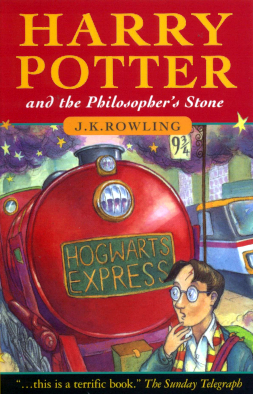
We will be studying Harry Potter and the Philosopher’s Stone by J.K. Rowling. The first of seven fantasy novels in the Harry Potter series, this novel enjoyed great success upon its release in 1997. So much, so that the entire series has been adapted into equally critically acclaimed films.
We didn’t choose a Harry Potter title for this study because it has all the stages of the Hero’s Journey. In fact, this book does not have all of the stages, with some a bit more subtle than others.
However, showing a story with a missing piece or two of the framework would help you understand that the Hero’s Journey is not a rigid guide. It is simply a tool to help writers write the kind of story that their main character deserves. Plus, we deem that a popular book would be perfect for helping you understand the Hero’s Journey.
With that out of the way, let’s go into the discussion!
The First Act – Departure
Similar to the Three-Act Structure, the first act, Departure, is a pretty short section of the novel. The Departure covers Chapters 1 to 6 of the book, starting from the introduction of Harry to his, well, departure from Privet Drive to Hogwarts.
Ordinary Adventure
The first chapter couldn’t have been more of a perfect fit for this stage, where the introduction of the Dursleys enforces that they are normal, thank you very much. However, the entire first chapter also introduces the “special” or magical world, with Professor McGonagall, Professor Dumbledore, and Hagrid dropping off baby Harry.
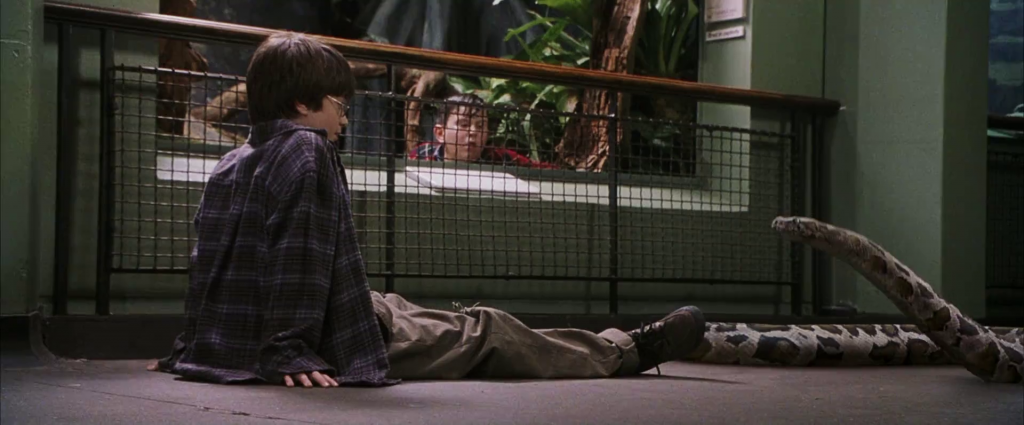
The second chapter then comes back to show the ordinary life of the Dursleys with Harry. Harry is special, that much is clear to Petunia and Vernon. However, they’ve come to shrug him off as weird, then treat the “weird things” happening around Harry as a consequence of him being weird.
Call to Adventure
The call comes swiftly in the form of an oddly specific mail for Harry. Of course, the weird-averse Dursleys snatch this letter and hamper the succeeding mail from ever reaching their true recipient.
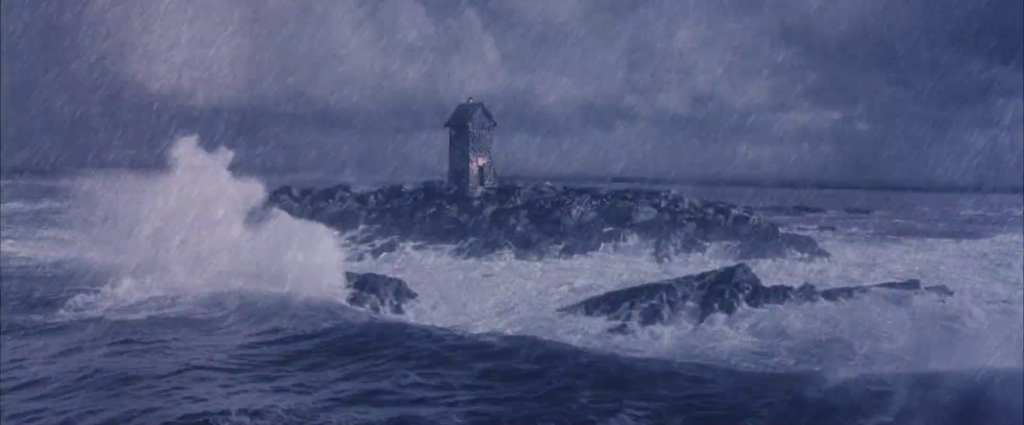
More calls to adventure come through for Harry, to the point that the mails even come through the fireplace, plus the hundred letters sent to the hotel that the Dursleys and Harry moved to. Not even a rocky island accessible only by boat can stop the ultimate call for Harry…
Refusal of the Call
The story is unique in the sense that the three consecutive stages — Call to Adventure, Refusal of the Call, and Meeting the Mentor — all condense into a single scene.
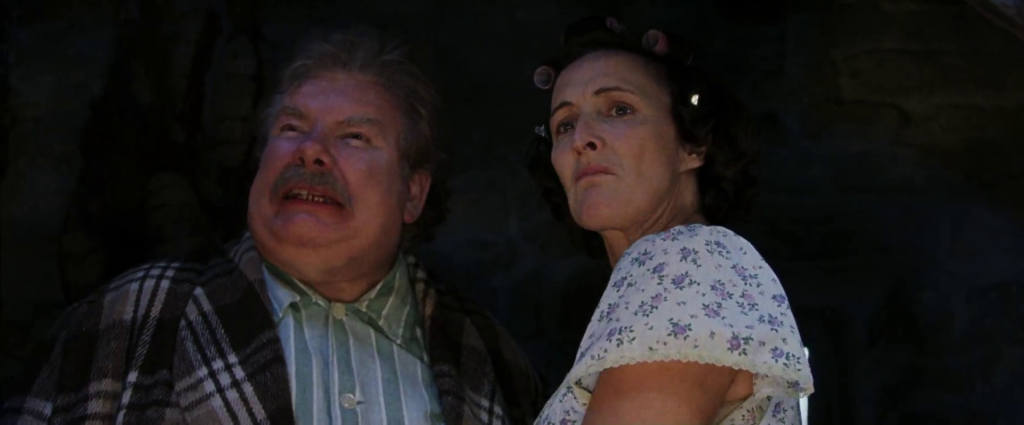
As Hagrid arrives at the dilapidated house, delivering the final invitation, the Dursleys vehemently try to stop Harry. In this case, Harry was not the one refusing the call, but rather the Dursleys. (Although one can say that Harry’s self-doubt about his capability is also a refusal.)
Meeting with the Mentor
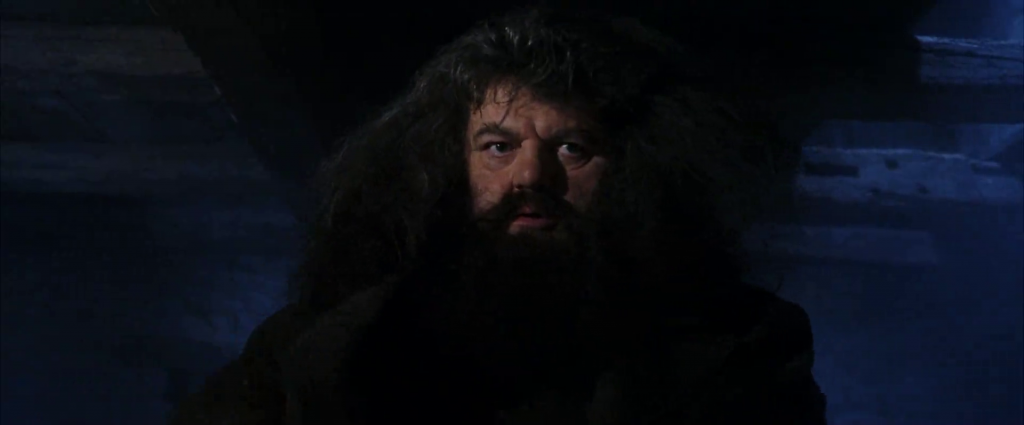
Hagrid’s introduction can be seen as Harry’s first meeting with the long line of mentors that he will gain throughout the story. Hagrid tells Harry of his true nature as a wizard, giving him the much-needed confidence boost to accept the Hogwarts invitation.
Later on, Harry will meet more mentors, most prominently Professor Dumbledore, but Hagrid kicks off this stage.
Crossing the First Threshold

In this stage, the threshold is presented quite literally. Hagrid brings Harry to Diagon Alley through a magical wall in the Leaky Cauldron. Entering the Leaky Cauldron is part of the threshold, already showing contrasting differences between the special world and the ordinary world.
In the ordinary/Muggle world, Harry is but a normal boy with nothing to his name. However, in the magical world, Harry’s name is celebrated as the Boy Who Lived, as patrons in the pub hurriedly greet him.
Diagon Alley is where Harry first crosses the threshold, with the magical wall serving as the literal threshold. There, Harry experiences his first exposure to magic. It befits its role as an introduction to the magical world; a marketplace is common enough in the ordinary world, but its contents are magical.
Second Act: Initiation
Following a similar cadence with the Three-Act Structure again, the second act, Initiation, comprises the greater bulk of the story. In the novel, this act covers so much of the book; from Chapter 6 up until a part of Chapter 17, half a chapter shy of the end of the novel.
Tests, Allies, Enemies
The culprit for the big composition of the second act lies in this stage, running for almost the entirety of the Second Act. Multiple minor trials, important allies that become life-long friends, and difficult enemies prop up in every chapter. Harry, despite being a neophyte at all this magic stuff, is tested at every corner.

The very first test that Harry encountered would be the Sorting Hat and his possible entry as a Slytherin student. Other prominent trials include the alluring temptations of the Mirror of Erised (which, fun fact, is spelled the reverse of desire), and his admission into the varsity Quidditch team while juggling the usual 12-year-old school problems.
In this novel, we are also introduced to the iconic trio that would be called the main characters of the series. We meet Ronald Weasley and his family of redhead wizards at Platform 9 ¾, while Hermione Granger, the genius Muggle-born witch, appears shortly during the train ride.
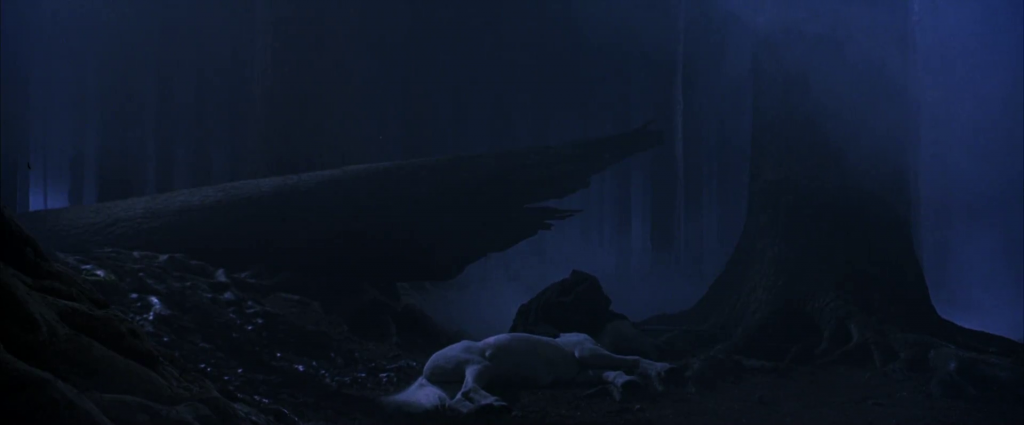
The first enemy that manifests in the novel would be Draco Malfoy, who Harry initially meets in Diagon Alley and his squad with Crabbe and Goyle. Harry also views Professor Snape as a villainous character, although in the end his name is cleared. In Chapter 15, where Harry and company venture out to the Forbidden Forest for detention, Voldemort is also confirmed to be alive, enforcing his role as the series’ main antagonist.
Approach to the Inmost Cave
Chapter 16 makes full use of the allies that Harry made from the previous stage for the descent to the inmost cave or descent to the trapdoor underneath Fluffy. Neville even attempts to hinder their plan, yet is bound by Hermione’s spell.
The approach toward the final battle place is cleverly designed, as each trap in the dungeon requires specific talents, talents that the three protagonists excel at individually.
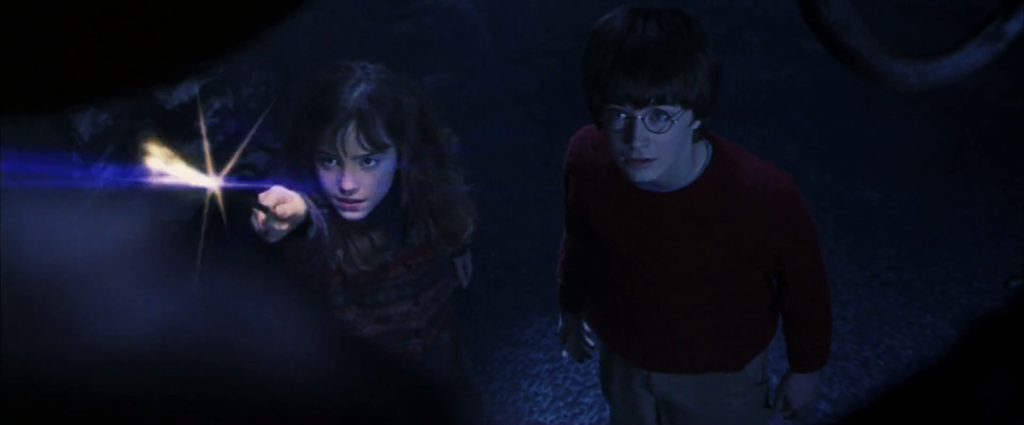
Hermione’s time with the books becomes well-spent after she realizes the proper spell to neutralize the Devil’s Snare. Harry’s Quidditch seeker skills come in handy as he catches a very specific flying key. Ron’s smugness at wizard chess is tested against a human-sized chessboard, where he even has to sacrifice himself. Lastly, Hermione’s intellect solves the logic puzzle with potions, but the final ordeal can only be faced by the main character himself.
Ordeal
Now proceeding to the last trial of the Philosopher’s Stone, Harry meets Professor Quirrell, previously a jumpy and nervous character, revealing his true nature. We get to meet a disembodied Voldemort, residing inside Quirrell’s body for support. Harry also sees the final trial, the Mirror of Erised.
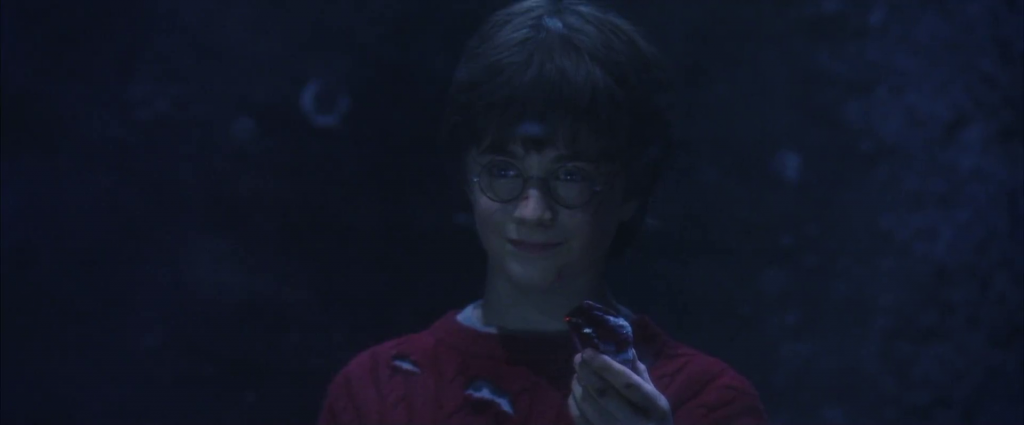
Realizing that Harry can decode the secret of the Mirror, Professor Quirrell urges him to reveal it to him. However, when Harry lies, Quirrell (and by extension, Voldemort) attacks him. With a little bit of mum’s magic, Harry successfully defeats Professor Quirrell and Voldemort (by smothering said mum’s magic all over them).
Reward (Seizing the Sword)
This stage is effectively weaved in the Ordeal stage, where it was revealed to Harry by the Mirror of Erised that he has the Philosopher’s Stone. Later on, when Harry gains consciousness after the fight, Professor Dumbledore reveals to him the enchantment tied to the Stone and the Mirror: only those searching but not intending to use the Stone gets it.
Third Act: Return
The third act is very short in the novel; it comprises less than a chapter and does not even have one of the stages in this act.
The Road Back
This stage is completely skipped, as the story jumps right into the hospital wing after the fight in the dungeon.
Resurrection
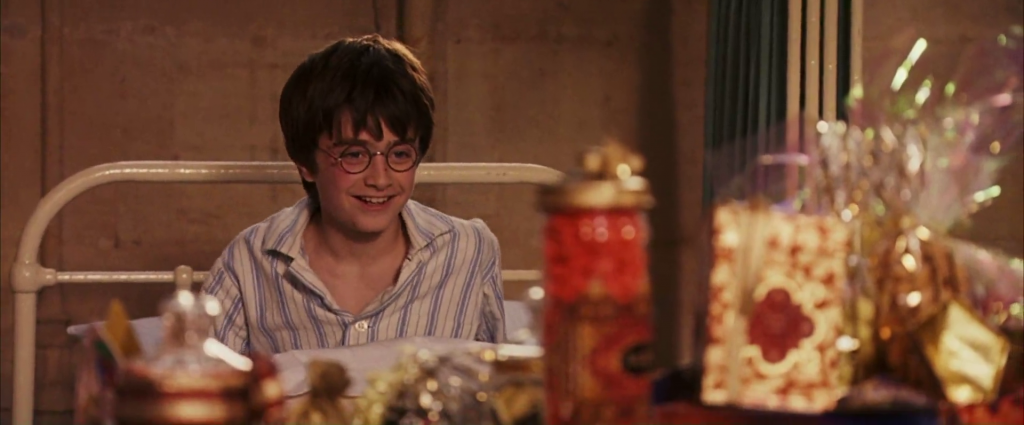
Although Harry does not die and get reborn, the end of the Ordeal and his eventual awakening in the hospital wing can serve as a symbolic resurrection.
Return with the Elixir
In this stage, Harry’s ‘Elixirs’ are physical and intangible. Harry (and the Gryffindor House) wins the House Cup and gains a photo album containing images of his parents.
Dumbledore also explains the protection that Harry’s mother granted to him upon her death. Finally, Harry gets the assurance that despite being the boy who lived in the cupboard under the stairs, he is destined for something far greater.
(A goofy bonus: Harry gets to mess around with the Dursleys, specifically Dudley, using magic.)
Harry’s Hero’s Journey
The Hero’s Journey is an amazing framework to write stories of unknown characters pushing through the mud to gain heroic recognition. We can see that successful stories, like Harry Potter and the Philosopher’s Stone, follow the general narrative pattern well, and we can attribute the beauty of such stories to this pattern.
Of course, if you also want to write a hero’s story with the Hero’s Journey, LivingWriter’s got you! With a fitting template to get you started on the Hero’s Journey and a slew of features for authors, LivingWriter has got everything you’ll need to write a fantastic hero’s journey.
Try LivingWriter now!